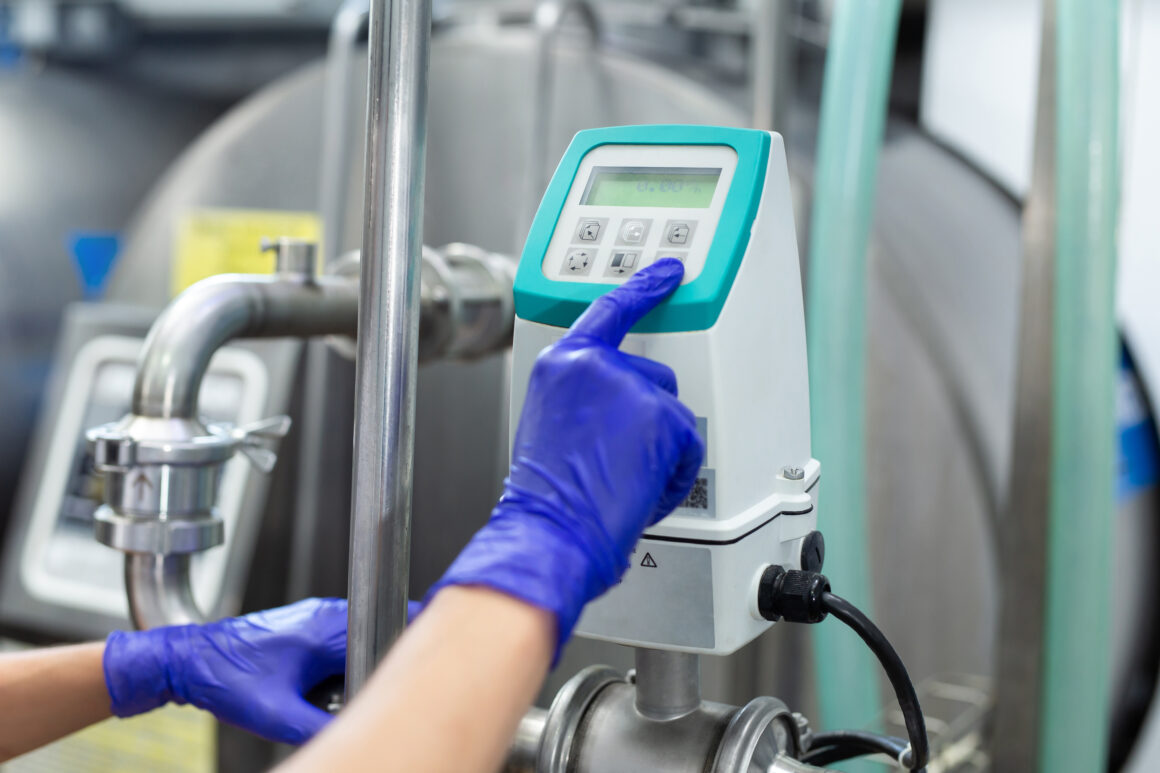The Data Stream Revolution: How IIoT is Transforming Industrial Flow Metering
Accurate flow measurement is the lifeblood of countless industrial processes, from managing water and chemical usage in manufacturing plants to monitoring oil and gas pipelines, and ensuring precise dosing in pharmaceutical production. Traditionally, however, acquiring this critical data often relied on manual meter readings or isolated systems, leading to infrequent updates, potential human error, and a reactive approach to managing valuable resources. This inherent data lag made it challenging to optimize consumption in real-time, swiftly detect costly leaks, or ensure consistently accurate billing and resource allocation, often resulting in operational inefficiencies and avoidable waste.
The integration of Industrial Internet of Things (IIoT) devices is fundamentally reshaping this landscape, ushering in the era of intelligent, connected smart metering for industrial flow applications. Smart flow meters, embedded with an array of sophisticated sensors (measuring flow rates, pressure, temperature, and sometimes even fluid quality) and equipped with robust communication modules (like LoRaWAN, NB-IoT, or cellular), can now transmit a continuous stream of high-fidelity data. This information is relayed in real-time to centralized management platforms, cloud-based analytics systems, or edge computing devices, providing operators with unprecedented, instantaneous visibility into their fluid dynamics from virtually anywhere.
Beyond simple remote reading, the true transformative power of IIoT-enabled smart flow metering lies in its advanced analytical capabilities and the actionable insights it generates. Sophisticated algorithms can analyze incoming data to detect subtle anomalies indicative of leaks or blockages, predict potential equipment failures within the flow system, and optimize resource allocation based on actual, moment-to-moment demand. This enables a shift from reactive problem-solving to proactive management, leading to significant reductions in resource wastage, lower operational costs through preventative maintenance, improved safety by identifying hazardous conditions early, and enhanced regulatory compliance through accurate, auditable data trails, ultimately fostering more efficient and sustainable industrial operations.

